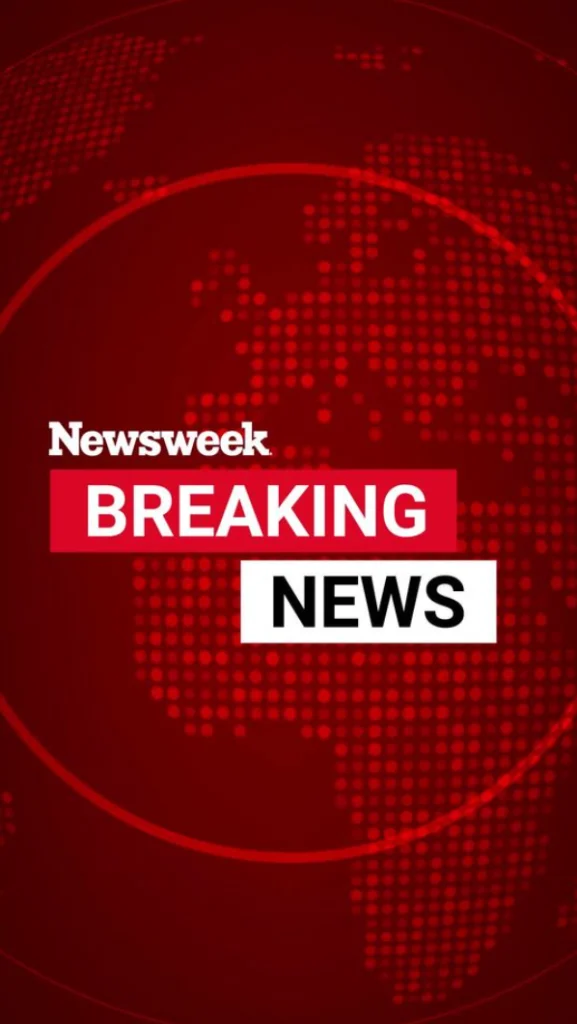North Korea Launches Ballistic Missile Amid Escalating Regional Tensions
In a concerning development for regional security, North Korea conducted another ballistic missile test on Friday, launching at least one missile toward the waters off its eastern coast, according to South Korea’s Joint Chiefs of Staff. This latest military action comes amid heightened tensions on the Korean Peninsula and represents yet another challenge to international restrictions imposed on North Korea’s weapons development programs. The timing of this launch follows a pattern of provocative military displays that appear deliberately scheduled around high-profile diplomatic events involving the United States and South Korea.
The missile test is part of an increasingly assertive posture adopted by Kim Jong Un’s regime in recent weeks. Just days earlier, North Korean forces fired artillery rockets near the Demilitarized Zone (DMZ) during U.S. Defense Secretary Pete Hegseth’s visit to South Korea. This provocative display seemed calibrated to send a message to Washington and Seoul about North Korea’s military readiness and its dismissal of international concerns. The artillery demonstration near one of the world’s most heavily fortified borders served as a stark reminder of the ever-present tensions that define inter-Korean relations, despite occasional diplomatic overtures.
This pattern of military provocation continued a trend established just two weeks ago when North Korea tested cruise missiles in the Yellow Sea. Those tests were conspicuously timed to coincide with former President Donald Trump’s visit to South Korea for the Asia-Pacific Economic Cooperation summit. The regime’s apparent strategy of conducting weapons tests during significant diplomatic engagements involving the United States appears designed to maximize international attention and demonstrate North Korea’s determination to advance its military capabilities regardless of external pressure or dialogue opportunities.
These recurring weapons demonstrations highlight North Korea’s ongoing defiance of United Nations restrictions on its strategic weapons development programs. Despite multiple rounds of sanctions and diplomatic initiatives over the years, Kim Jong Un’s government has steadfastly pursued the advancement of its missile and nuclear capabilities. International efforts to curb these programs through a combination of pressure and engagement have yielded limited results, with North Korea consistently prioritizing its military development as a cornerstone of both its national security strategy and its approach to international relations. The regime continues to view its weapons programs as essential leverage in any negotiations with the outside world.
The current state of inter-Korean relations remains exceptionally tense, with communication channels frequently severed and cooperative initiatives abandoned. The heavily fortified border between the two Koreas stands as a physical manifestation of the unresolved hostilities dating back to the 1950-53 Korean War, which ended in an armistice rather than a peace treaty. Recent years have seen fluctuations between moments of cautious diplomacy and periods of heightened military posturing, with the current trajectory pointing toward increased confrontation. South Korea and its allies, particularly the United States, continue to monitor North Korean activities closely while maintaining defense readiness against potential threats.
As this situation develops, the international community awaits further details about the latest missile launch and considers appropriate responses. The recurring pattern of weapons tests presents ongoing challenges for regional security and tests the effectiveness of various diplomatic approaches. For ordinary people living on the Korean Peninsula, particularly in South Korea, these military demonstrations represent a troubling reminder of the fragile peace that has characterized the region for decades. While diplomatic efforts continue in pursuit of stability and eventual denuclearization, the immediate reality reflects North Korea’s determination to advance its weapons capabilities while projecting strength to both domestic and international audiences.














